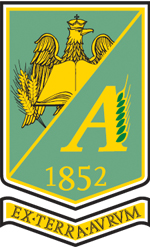Published in Scientific Papers. Series A. Agronomy, Vol. LXVI, Issue 2
Written by Anișoara Claudia DUMA COPCEA, Casiana Doina MIHUȚ, Lucian Dumitru NIȚĂ, Daniela Nicoleta SCEDEI, Okros ADALBERT, Sorin BUNGESCU, Lia Sanda ROTARIU, Constanța Corina SÎRBU
The present paper presents a comparative study of the threshers that equip different types of self-propelled combines for cereal harvesting. Particular attention is paid to the problems related to the exploitation of the threshers, focusing on some more important aspects, including those regarding the technological adjustments, the organization and management of the harvesting chain, the execution of the harvesting works and their quality control. We measured the constructive and functional parameters of each threshing device and determined the hourly productivity of each combine and the consumption of diesel per ton of harvested wheat. This shows that worldwide harvesting combines tend to use double-flow threshers with tangential flow due to the following advantages: both threshing and separation of the grains from the straw are done, both length of the thresher and vibrations are reduced because there is no shaking for separation, the percentage of non-threshed ears is reduced by the fact that the material is trained in rotary motion inside the threshing device.
[Read full article] [Citation]




